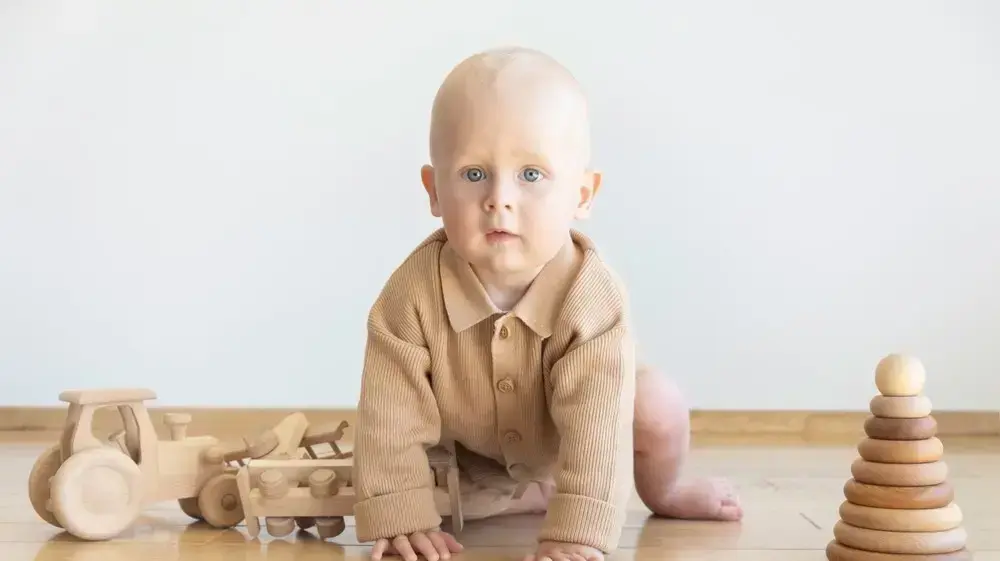Human babies are unique in the world.
And this is not because they crack their parents and the adults who cross their path, but because they live, during their first months, an experience that would have no equivalent in the animal kingdom, nor even among their elders: a phase of half-calm, half-active sleep.
This is the astonishing discovery made by a team from the University of Iowa, in the United States, and the details of which were published Wednesday in the journal Current Biology.
Anyone who has ever watched a baby sleep knows that he can make small, spasmodic movements during his sleep. For several years, researchers at the University of Iowa have studied these twitching babies during REM sleep, when most dreams occur. It is an active phase characterized by rapid eye movements.
But by recording sleep data from 22 children aged one week to seven months, the scientists found that in babies three months and older, the little twitches also occurred during the other big phase, sleep. calm.
"We didn't expect to see contractions during calm sleep - after all, calm sleep is named after it because humans and other animals typically don't move during this state," researcher Greta Sokoloff said in a statement. .
The Iowa researchers had just discovered a new phase of awakening, until proven guilty, specific to human babies.
When limbs and brain connect
But that's not all. The researchers recorded the waves produced by the brains of sleeping children. We know that during calm sleep, the brain generates slow waves punctuated approximately every ten seconds by large oscillations, called spindles. The study authors noticed that these spindles and the babies' little twitching were synchronized.
"The analysis consisted of examining the periods surrounding each tic, then calculating the probability that a sleep spindle occurs during this period," explains neuroscientist Mark S. Blumberg to the Parisian. We used standard statistical methods to determine if the co-occurrence of tics and sleep spindles was greater than we accidentally expected. In older infants, the likelihood of a sleep spindle increased dramatically as a tic occurred. "
Since sleep spindles are linked to learning and memory, this research shows that children learn to coordinate their movements during a period of sleep considered until now as calm. These tics suggest that they would continue to connect their brains and limbs even after birth.
The authors point out that their study has several limitations, starting with the small sample of children and the fact that sleep was only studied during the day. “We are working on a grant that, if funded, would allow us to study a large cohort of premature infants from the Neonatal Intensive Care Unit (NICU) through the early postnatal period. The idea is to follow the relationship between sleep and muscle contractions in infants at high risk for neurodevelopmental disorders, ”continues Mark S. Blumberg. Researchers will also continue to study term infants, including older babies and observing their nighttime sleep.













